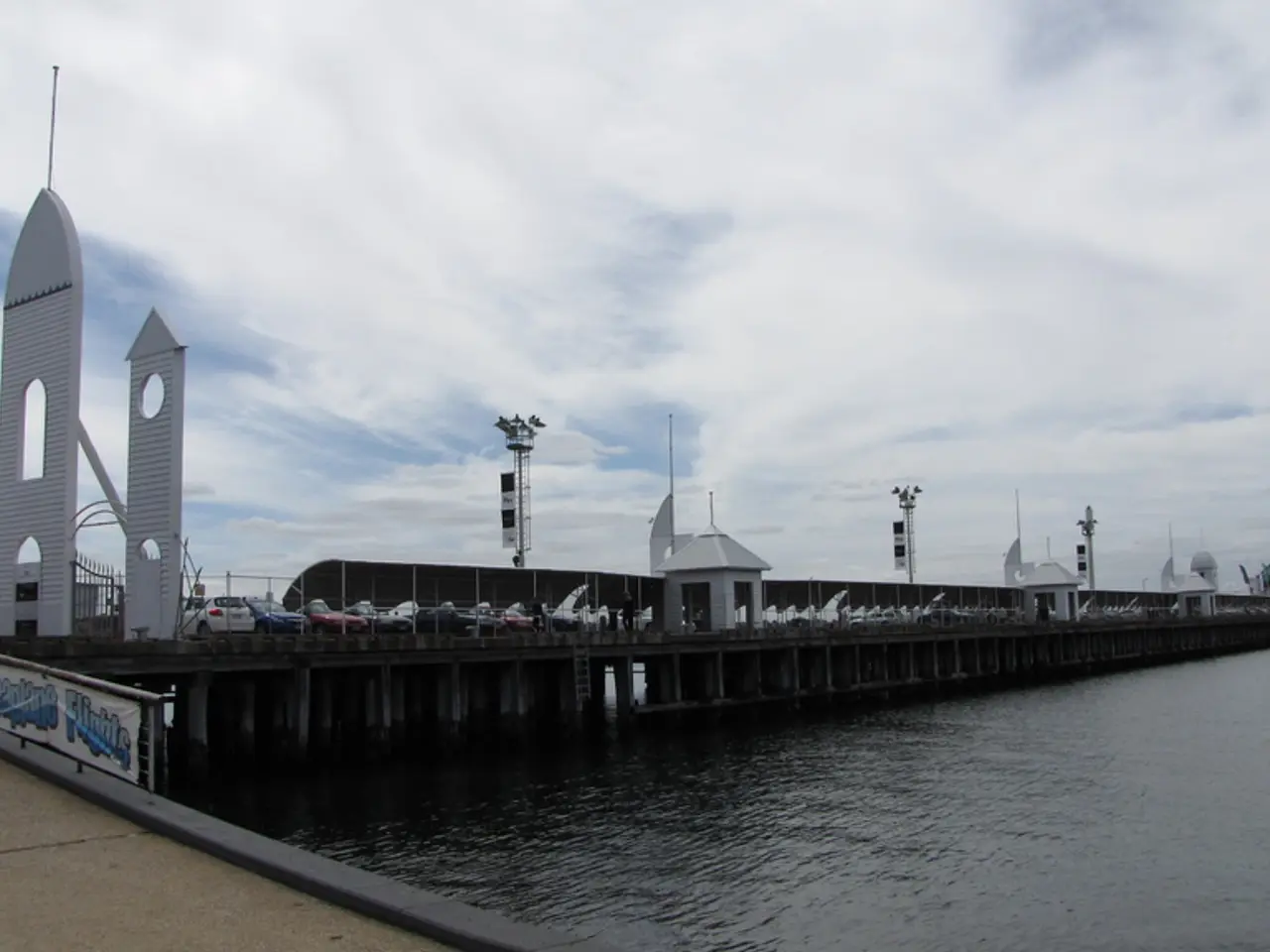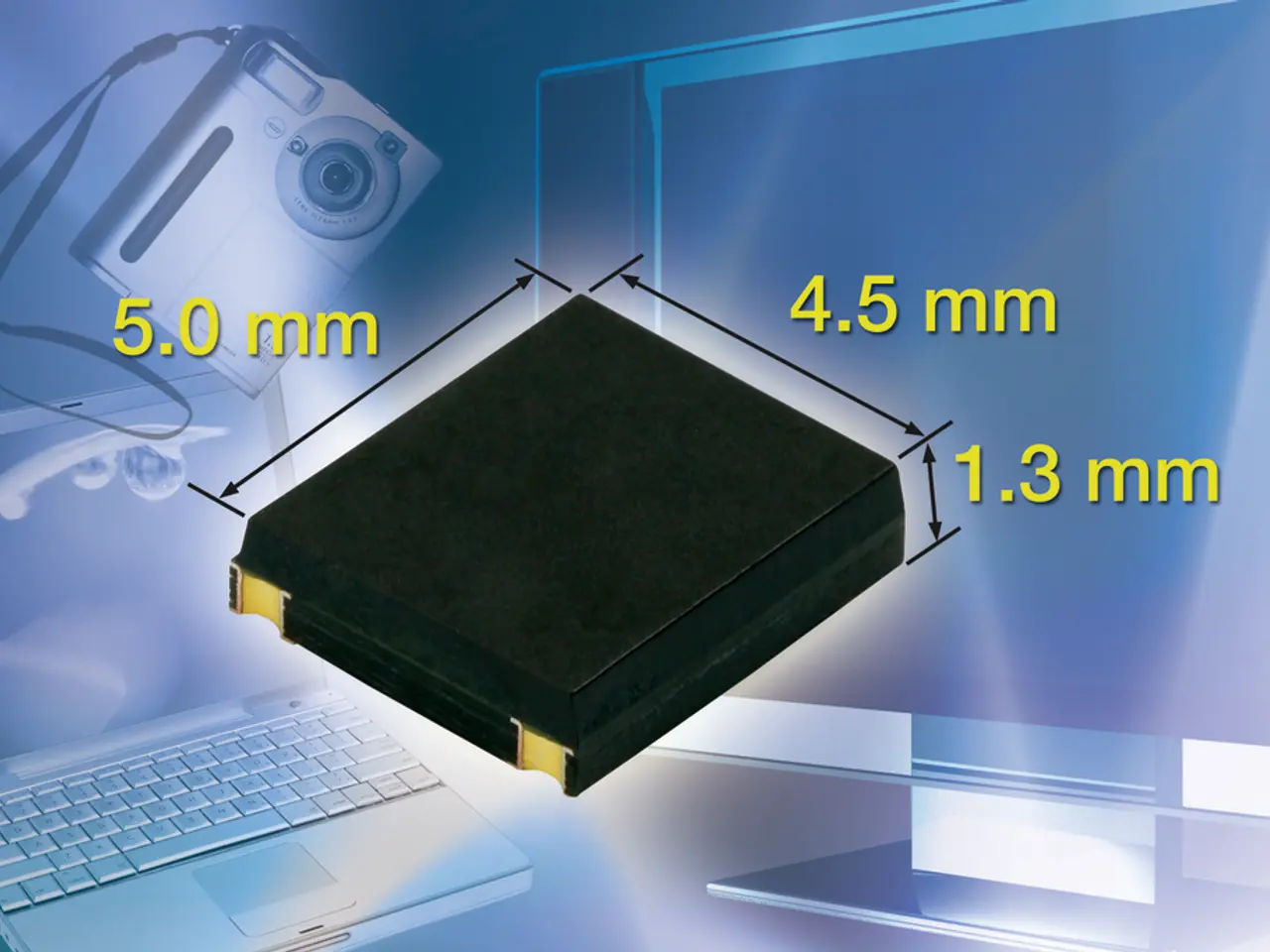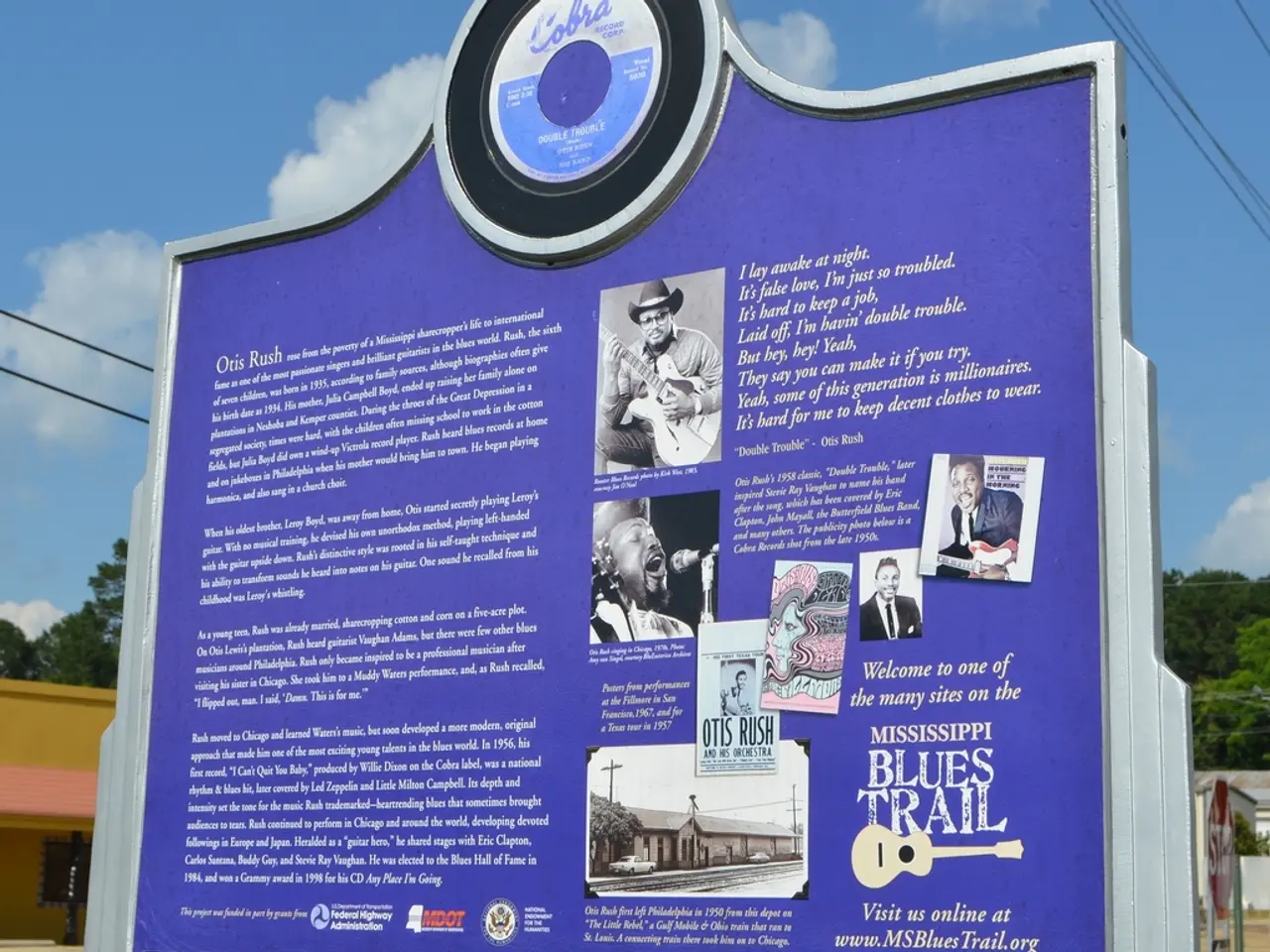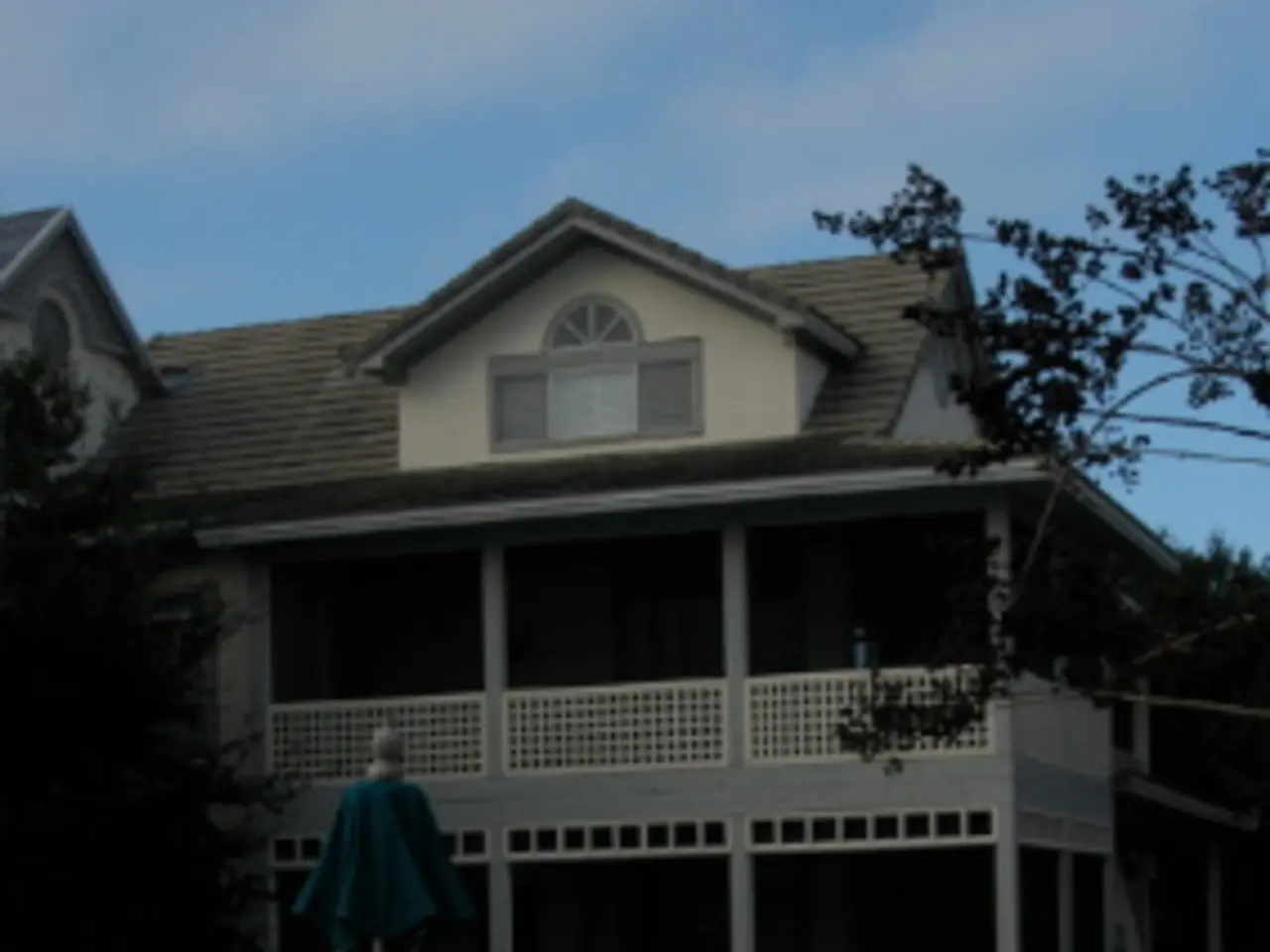Navigating NMEA 2000 Integration with the Anticipated Raspberry Pi 5 and OpenPlotter 4 Software
In the realm of marine technology, NMEA 2000 networking has gained significant attention due to its versatility and standardization. This system, along with its variants like SeatalkNG and SimNET, is the focus of a recent video that demonstrates building custom cables, integrating old and new equipment, and setting up a network using a Raspberry Pi.
One of the key takeaways from the video is the use of UTP cable and connectors for building cost-effective custom cables for the NMEA 2000 network. A provided diagram assists users in creating these cables.
The video also introduces a low-cost WiFi + NMEA 2000 Wind Turbine System, although no purchase links are provided.
Integration of boat equipment, setting up a NMEA 2000 network, making cables, and connecting it to a Raspberry Pi 5 are all shown in the video. The video compares the Raspberry Pi 5 and 4, discussing two HAT options for the Pi: the budget-friendly CAN Bus HAT and the MacArthur HAT.
The Raspberry Pi 5, being the newer generation, generally offers improved CPU performance, better I/O capabilities, and enhanced power management compared to the Raspberry Pi 4. However, no explicit differences specific to NMEA 2000 physical layer compatibility or native NMEA 2000 port support exist between Pi 4 and Pi 5; both require external CAN interface hardware like CAN Bus HATs or adapters.
NMEA 2000 networking relies on standardized cables and connectors (typically Micro-C type connectors) that carry CAN signals (CAN-H and CAN-L) and power. Breakouts and connectors are essential to interface the Pi’s CAN Bus HAT to the NMEA 2000 backbone. A proper breakout board ensures filtering, protection, and reliable signal transmission, essential for maritime environments to minimize noise and ensure network robustness.
When it comes to choosing a HAT, budget-friendly CAN Bus HATs are cost-effective for casual or experimental use, while MacArthur HATs offer better marine-specific design and durability for critical boat NMEA 2000 networks. The MacArthur HAT, a known marine-grade NMEA 2000 interface, typically offers built-in CAN controllers and transceivers designed for NMEA 2000 compatibility and reliability on boats.
All necessary components, including cases, SD cards, Raspberry Pi, NMEA 2000 Cables, Breakouts, and Connectors, can be purchased from OpenMarine's online store. A case to fit the Raspberry Pi (4 or 5) along with the Mac Arthur HAT is available, with a free 3D model found online.
For those interested in supporting the channel, Patreon support is available. The Mac Arthur HAT features a 12v power module, which can be purchased separately from OpenMarine. Purchase links for the Raspberry Pi 4 4GB and Raspberry Pi 5 8GB are provided on various online stores.
In summary, both Raspberry Pi 4 and 5 can be used effectively for NMEA 2000 networking with appropriate CAN Bus HATs and certified NMEA 2000 cables/connectors. The Raspberry Pi 5 may give modest hardware advantages but no fundamental difference in connectivity. Budget CAN Bus HATs are cost-effective for casual or experimental use, while MacArthur HATs provide a ready-to-deploy solution with better long-term reliability for critical boat NMEA 2000 networks.
[1] NMEA 2000 Networking with Raspberry Pi [2] OpenMarine's MacArthur HAT for NMEA 2000 [3] OpenMarine's CAN-Bus HAT [4] NMEA 2000 Cables, Breakouts, and Connectors on Amazon [5] NMEA 2000 Cables, Breakouts, and Connectors on AliExpress [6] NMEA 2000 Cables, Breakouts, and Connectors on Spanish Distributor [7] Case for Raspberry Pi (4 or 5) with Mac Arthur HAT on OpenMarine [8] Purchase Links for Raspberry Pi 4 4GB [9] Purchase Links for Raspberry Pi 5 8GB [10] Patreon Support for OpenMarine [11] MacArthur HAT 12v Power Module on OpenMarine
The video showcases the integration of a low-cost WiFi + NMEA 2000 Wind Turbine System, which can be used with the Raspberry Pi for marine technology projects. Additionally, the video offers guidance on utilizing gadgets like CAN Bus Hats for connecting wind turbines to the NMEA 2000 network, reinforcing the concept that wind turbines can be seen as one of many gadgets that can be integrated into NMEA 2000 technology setups.




